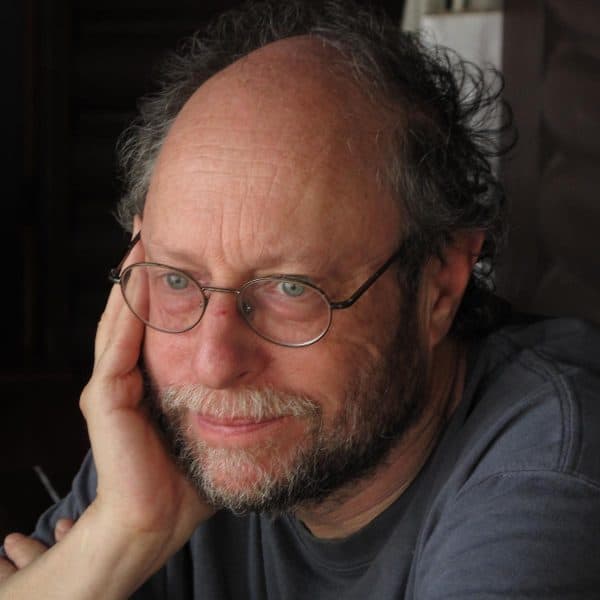Advertisement
Favorite Things: Classical And Rock Duets
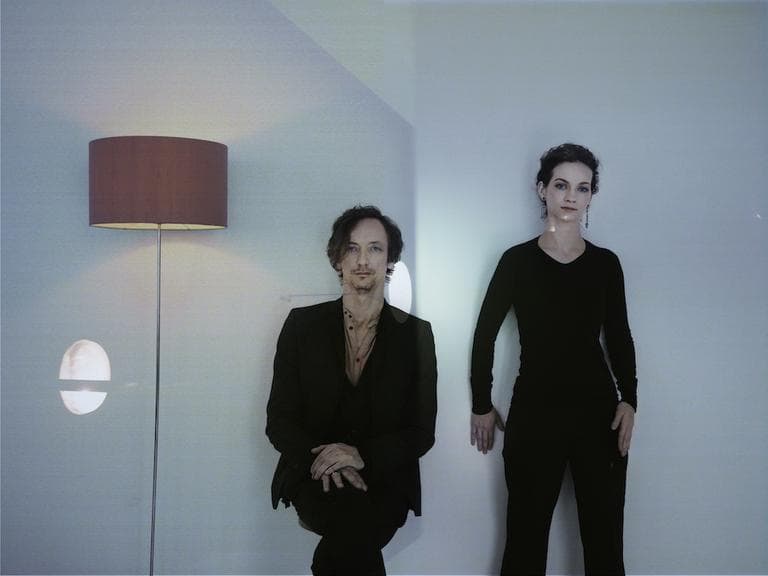
1: My two favorite concerts of the year both involved inspired duets. Hilary Hahn has shot to the top of the classical music world at the age of 33 (though she still looks like a collegian). In recent recordings she’s taken on the thorniness of Charles Ives and Arnold Schoenberg and made them sound as accessible as Copland or Ravel.
But her World Music concert at the Institute of Contemporary Art (and her most recent CD) was another kind of revelation. Her improvisations with Haushka, a German experimental pianist, explored a musical landscape that seemed all their own – part classical, part new age, part Cage-ian pianism, part jazz. But all completely stunning, though the new age elements have caused some classical critics to dismiss the music as mere noodling.
All I can say is I’m not a fan of new age music or of noodling, but the serenity of the music mixed with the adventurousness of the playing and the magnificence of the water’s edge view on a summer night in the ICA theater was the most transcendent artistic moment of 2012 for me in any idiom.
Here are some different scenic views:
2: I can’t say that I go to a lot of rock concerts anymore, but I try never to miss David Byrne’s. He’s always invested his performances with a level of theatricality that make perfect sense of whatever music he’s exploring at the moment. The concerts are never greatest hits recitations, but invitations to widen one’s musical expectations.
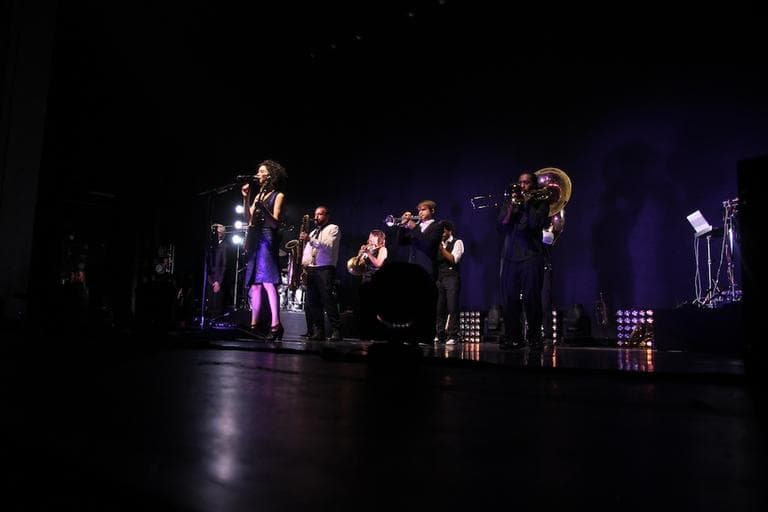
His Orpheum concert, like the new CD, was a duet with the equally resourceful St. Vincent (Annie Clark) and a horn-heavy band that moved around the stage like a primal New Orleans jazz group. Seeing the blend in a live concert was more impressive than on the CD, particularly as it was mixed with some of Byrne’s and Clark’s other work. As I said at the time, “And when he ended the night on the perfect note of “Road to Nowhere,” the crowd would have happily followed him, St. Vincent and the band on a journey to anywhere.”
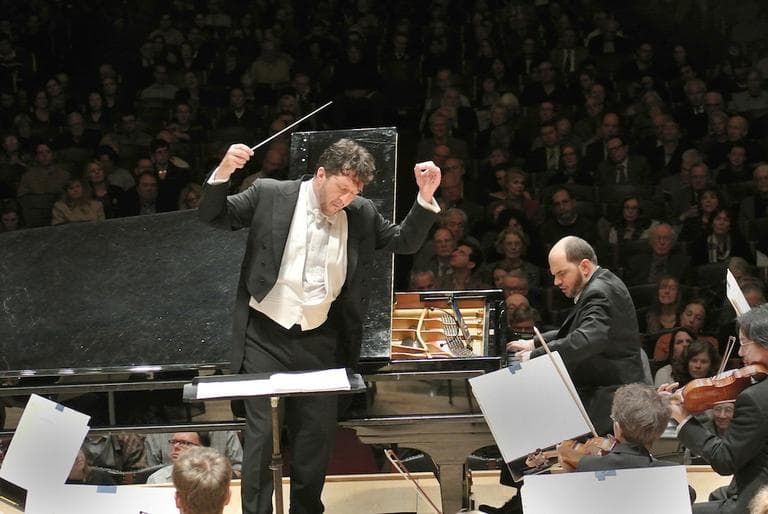
3: Classical music fans still tend to fall into various camps. The atonalists dismiss the neoromantics and vice versa. But the old duality is breaking down more and more and that’s nowhere more evident than in the music of Thomas Adès, spiky enough for those who like their music thorny and melodic enough to be accessible to a wider audience.
In his appearance with the BSO Adès showed that he was a terrific mixmaster as well, pairing his dramatic “In Seven Days” with Sibelius’s “Luonnotar,” another musical creation story, and Prokofiev’s Piano Concerto No. 1. Here’s what I said at the time:
“ ‘In Seven Days’ exploded from fluttering strings into orchestral starbursts a la Sibelius and pianistic dissonances played off orchestral melodies in both Prokofiev and 'In Seven Days.' "
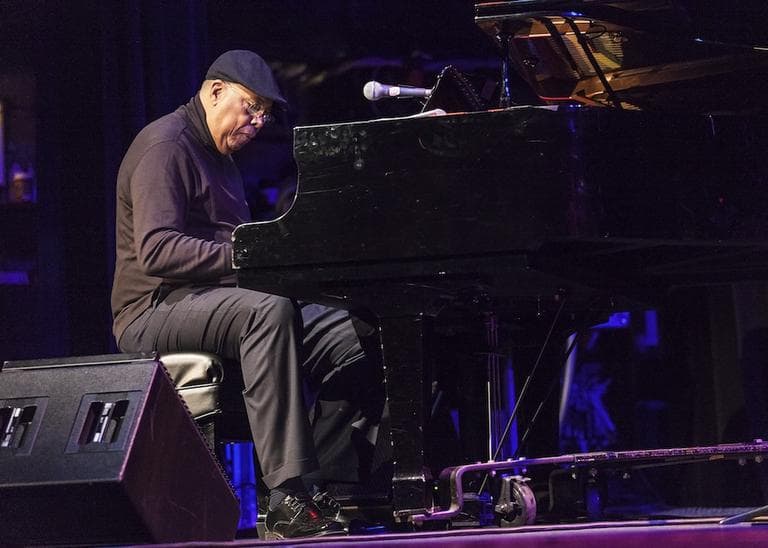
4: I can’t say that I get around to much jazz these days either, but if the concerts are anything like Chucho Valdés’s Celebrity Series Berklee concert, that’s my loss. What a gorgeous mélange of sounds he produced holding down the melodic line of everything from “People” to the Afro-Cuban chanting of “Yansa” while the other four members of the quintet went wild on bass and percussion. Here's what I said about the quintet:
"There wasn’t anything conventional, though, about most of their work and certainly not their solos. Rodney Yllarza Barreto began coaxing his drums as if willing them to come to life, which they did in full-thrash style. Dreiser Durruthy Bombalé was the life of the party on vocals and batá drum, but the audience members who left before the second encore should rue their early exits. Bombalé put on a dancing show, as if possessed, shimmying against the side wall before taking to a Berklee aisle. There may even have been a somersault when he was out of view."
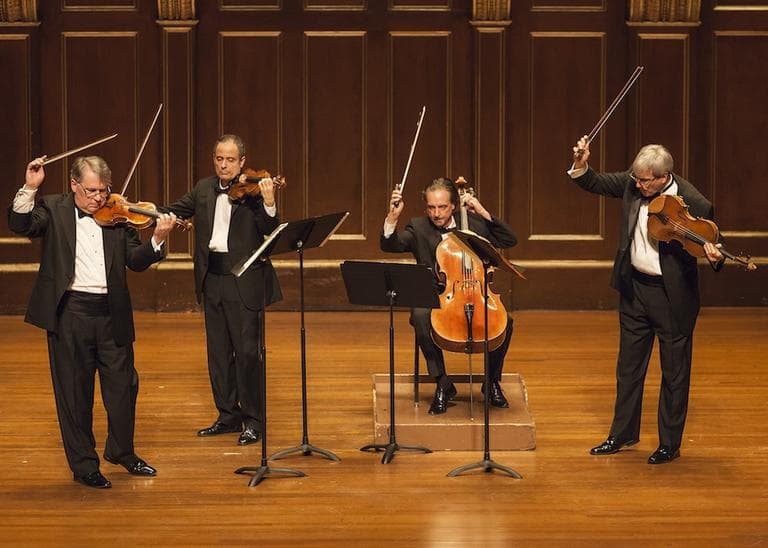
5: Adès also memorably popped up in a Celebrity Series of Boston concert last April by the Emerson String Quartet, but the group’s more historic concert was the December appearance at the series, featuring the last bow of cellist David Finckel. Thanks to the Celebrity Series, the Emersons have been pretty much an annual part of our lives, and Finckel also continues to appear in trio form with his wife, and often Setzer, at Jordan Hall.
6: Back to the BSO. Adès followed on the footsteps of another strong contemporary composer, Kaija Saariaho, one of the fabulous Finnish composers making their presence felt in the classical world. Here’s what I said at the time:
“Circle Map” is a piece I’d love to hear again, a warm Zen bath that at different times conjures Takemitsu, Bartok and Boulez, though always accessible. The BSO is still in great shape, speaking Saariaho’s language as fluently as it did Dvorak’s or Britten’s.

7: It was productive catching up with other Boston institutions. I used to be an almost annual visitor to the Boston Ballet’s “The Nutcracker” when my niece was dancing and when she stopped 10 years ago, so did I. But Mikko Nissinen’s new production (through Dec. 30) certainly made the return worthwhile – great dancing, superb acting and scintillating choreography.
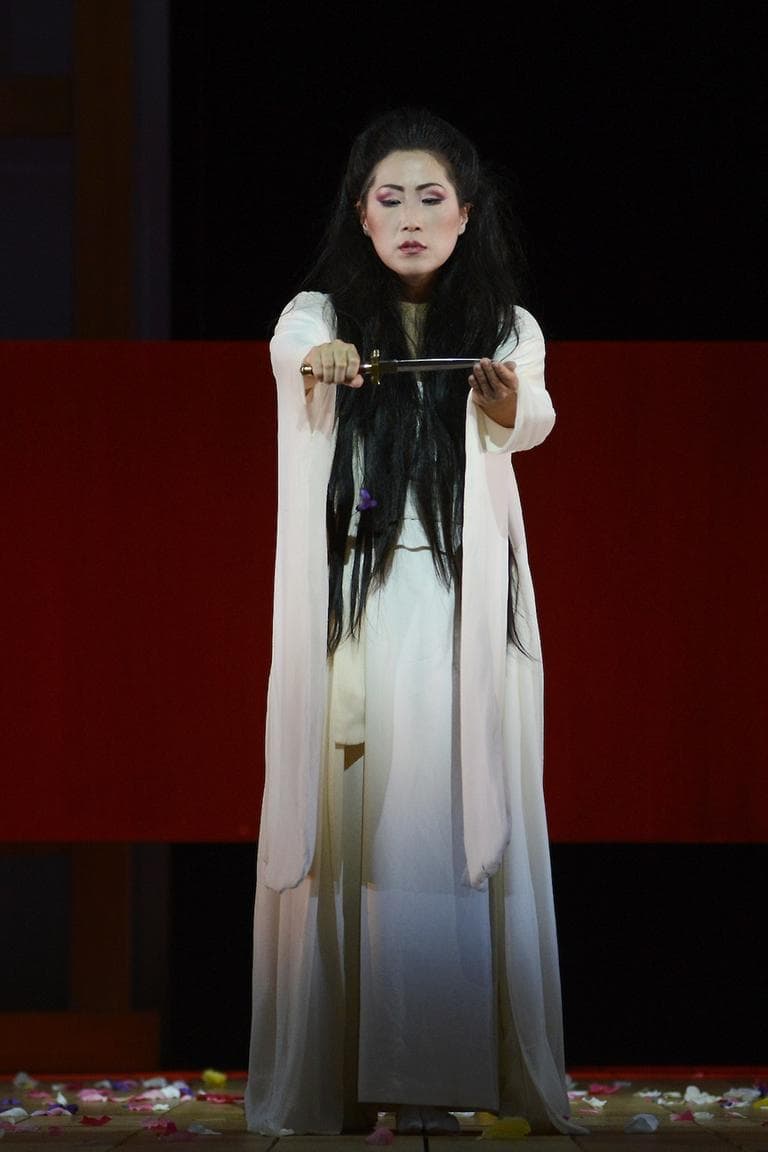
8: The Lyric Opera put Yunah Lee front and center as a “Madama Butterfly” to die for. Pinkerton should have realized what he was giving up, making this “Butterfly” even more tragic. This is what I said at the time:
"It’s in that late Act I duet that the two proclaim a love that knows no limits, that stops time in its tracks. It’s also in that duet that the production leaves its own earthbound limits behind as Dinyar Vania (Pinkerton) and Yunah Lee (Butterfly) sell their love to the audience as well as to each other with one of Puccini’s many gorgeous melodies. (“Bring Him Home,” one of the few decent melodies in “Les Miserables,” comes right from the humming chorus in Act II.)
This program aired on December 27, 2012. The audio for this program is not available.

